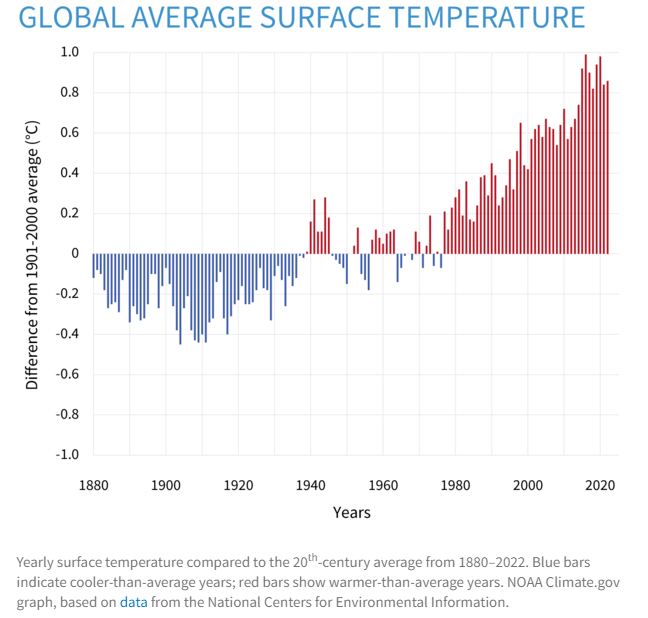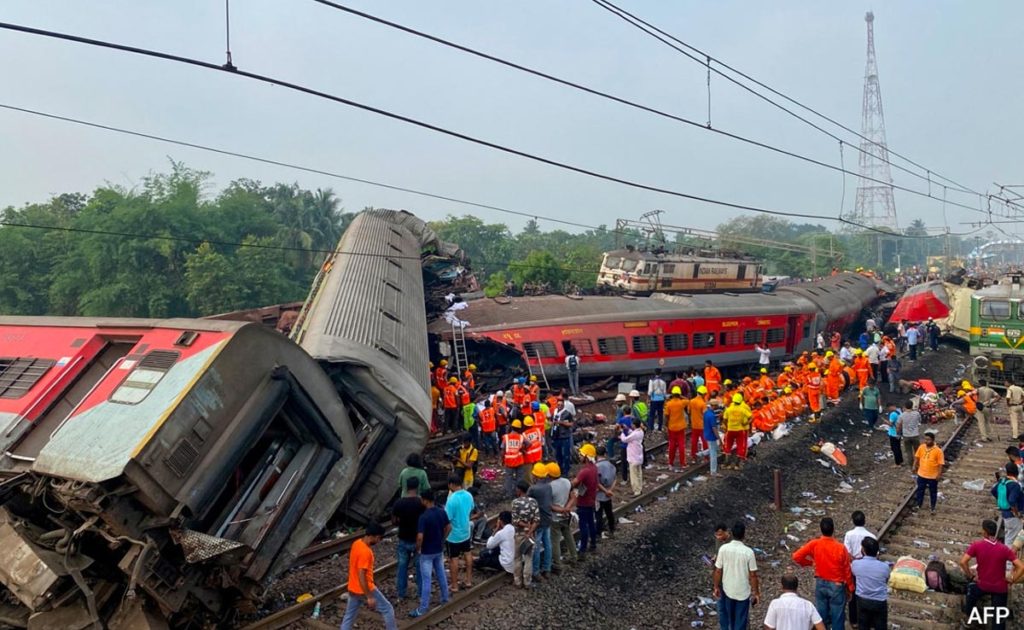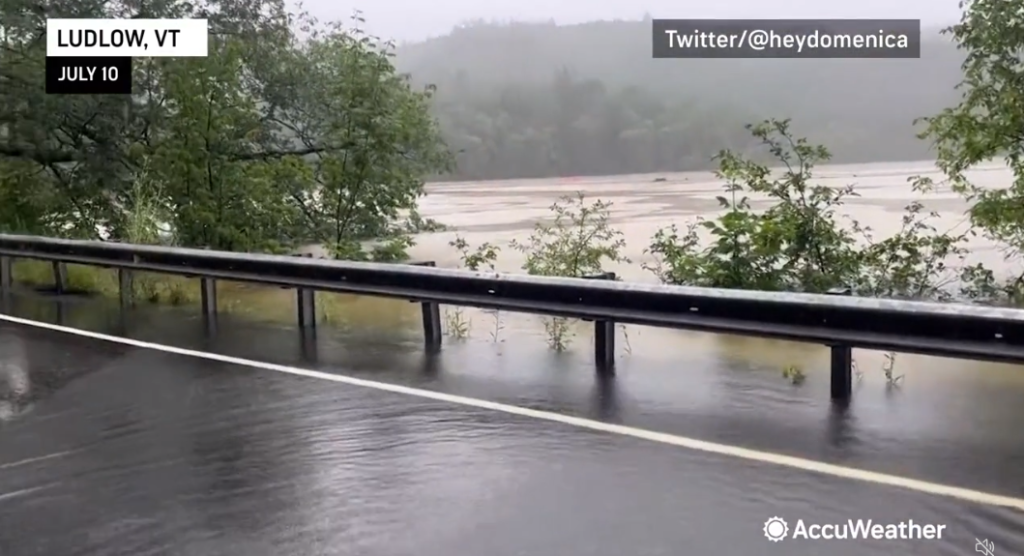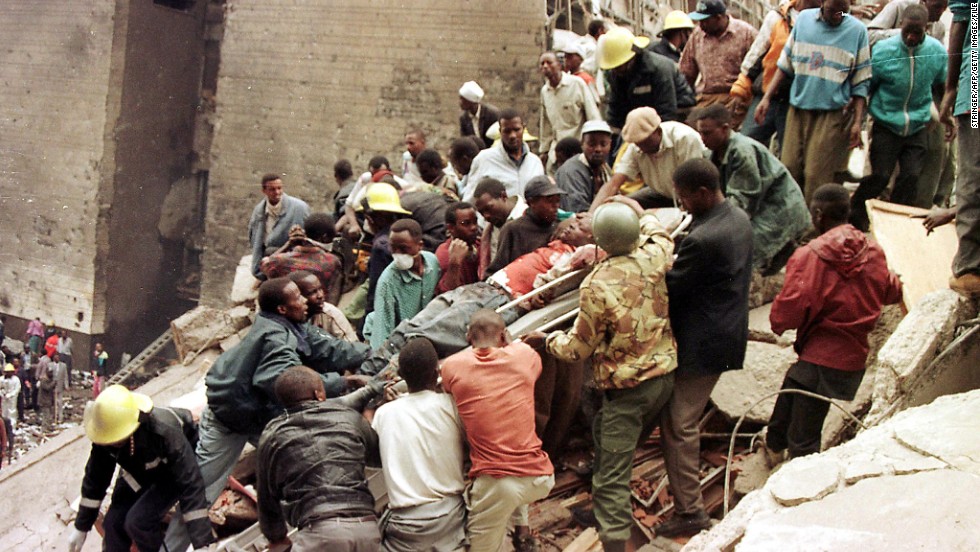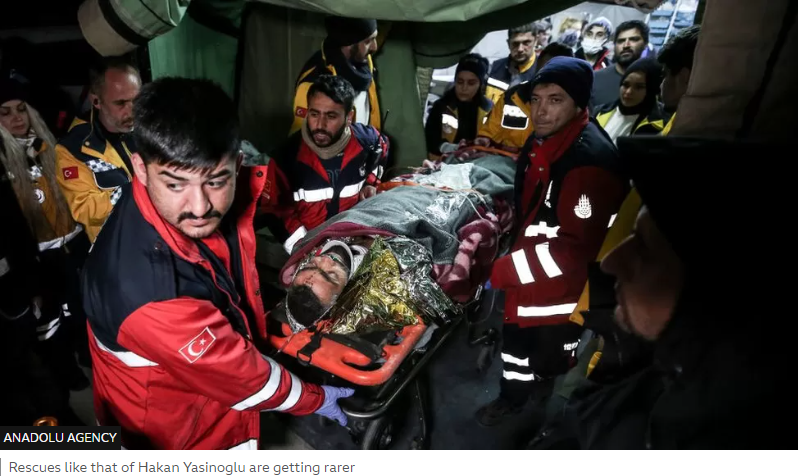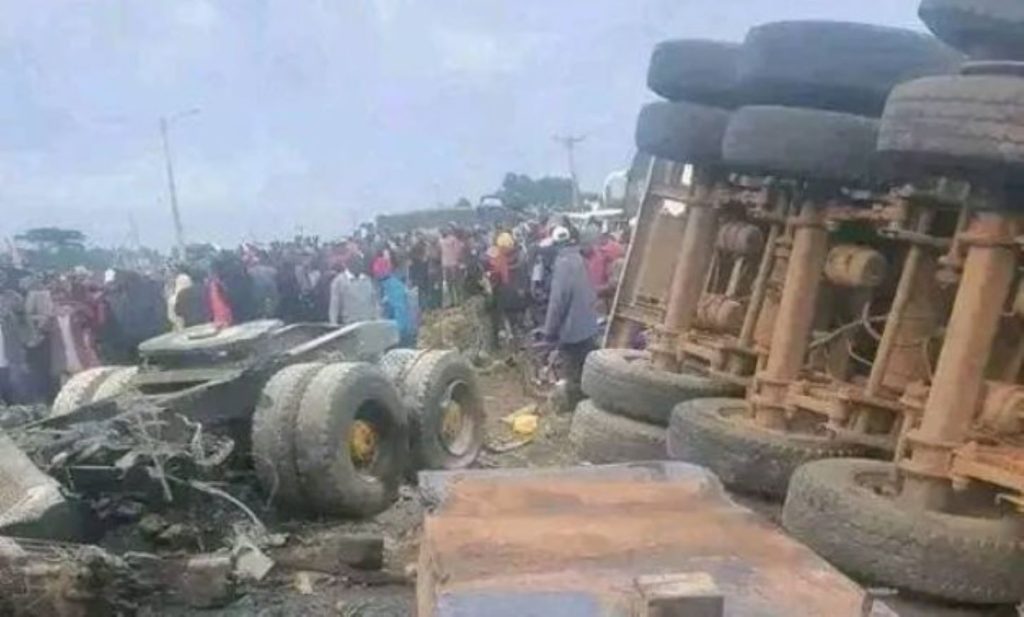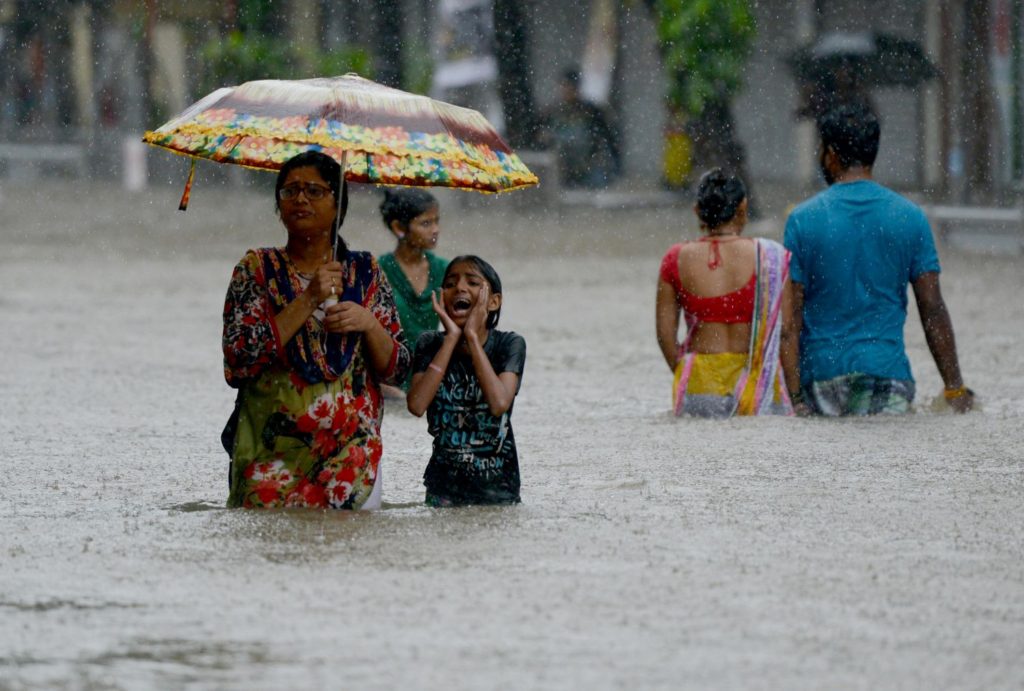Commentary on Emergency Management and Global Warming Report
Given the consistent data on global temperature rises from the Climate.gov report, it’s evident that regions around the world are becoming more susceptible to the impacts of climate change. Such impacts, like the catastrophic fires in Hawaii, are becoming more intense and frequent. Here’s how emergency management could have better responded given the knowledge from […]
Commentary on Emergency Management and Global Warming Report Read More »

